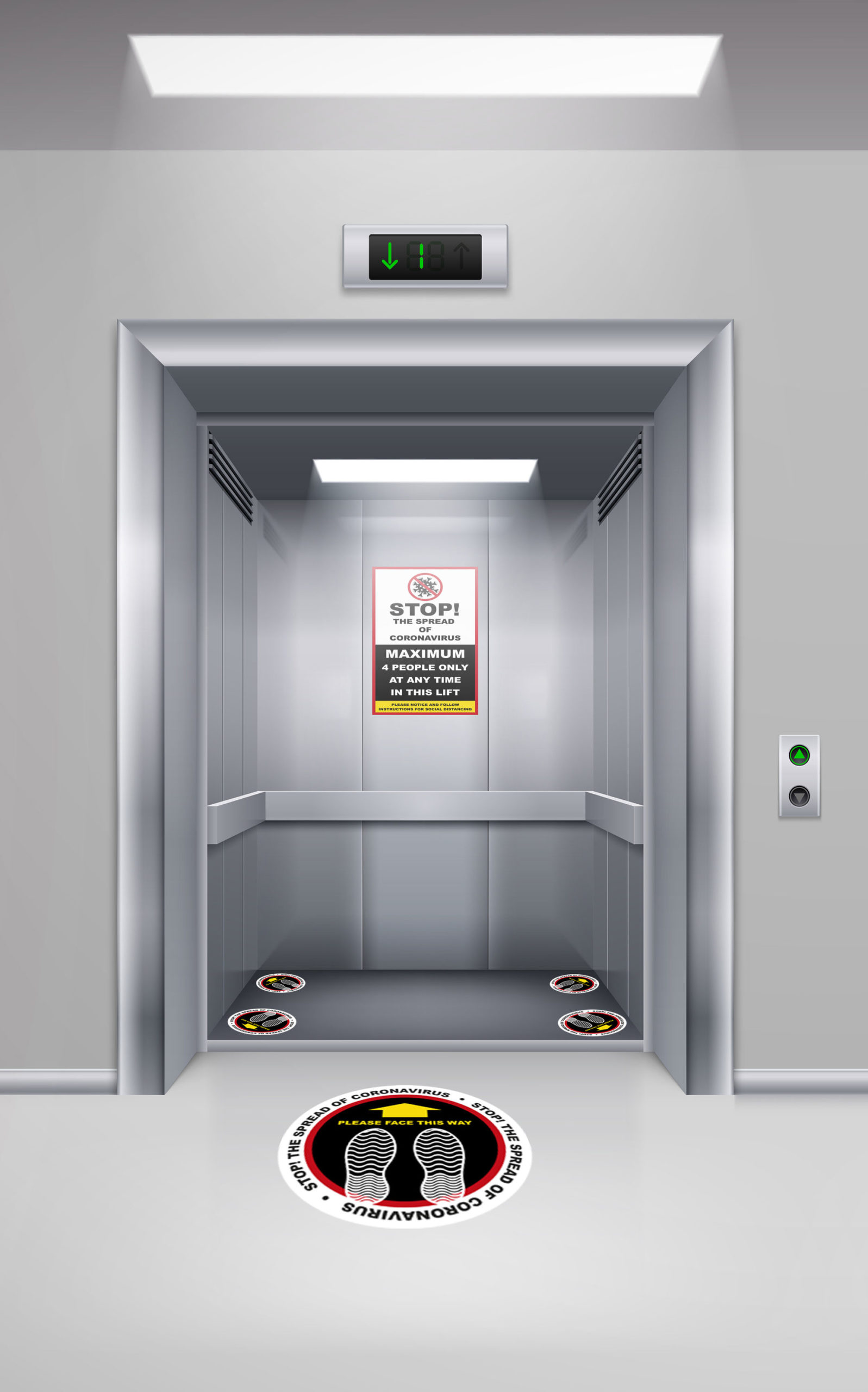London Lift Company: Giving Comprehensive Lift Solutions Across the Resources
London Lift Company: Giving Comprehensive Lift Solutions Across the Resources
Blog Article
Delving Into the Globe of Elevators: Common Problems Faced by Numerous Lift Mechanisms
As we navigate via the vertical transportation systems of modern-day structures, elevators stand out as an essential component of our everyday lives. From hydraulic elevators to grip systems and machine-room-less designs, each lift kind comes with its collection of usual issues.
Hydraulic Lifts
Hydraulic lifts, typically favored for low-rise buildings, utilize fluid stress to control the activity of the lift vehicle (lift repair companies). This device includes a hydraulic pump pressing oil into a cyndrical tube, causing the lift to relocate the wanted instructions. While hydraulic elevators are recognized for their smooth and silent procedure, they do come with their very own set of typical concerns
One widespread problem with hydraulic elevators is oil leak. The seals in the hydraulic system can put on out gradually, leading to oil seepage. This not just develops a mess yet can additionally impact the lift's efficiency if left unaddressed. Additionally, issues with the control system, such as defective valves or a malfunctioning pump, can trigger disruptions in the elevator's motion.
Normal upkeep and prompt repairs are vital to ensure the smooth functioning of hydraulic lifts. By addressing these usual problems proactively, building owners can reduce downtime and ensure the safety and security and effectiveness of their upright transportation system.
Traction Lifts
When taking into consideration vertical transportation systems in structures, an additional usual type other than hydraulic lifts is the grip elevator. Traction elevators operate making use of a system of ropes and counterweights that relocate the elevator car by grasping onto the hoist ropes. This system permits smoother and faster upright transportation compared to hydraulic systems.
One of the common concerns dealt with by grip lifts is rope wear. The consistent movement of the ropes within the grip system can lead to tear and put on with time, possibly triggering the elevator to malfunction or come to be harmful for usage. Regular assessments and maintenance of the ropes are important to guarantee the elevator's correct functioning and safety and security.
One more problem that grip lifts might come across is connected to the control system. Issues with the control system can result in problems such as irregular activity, delays in action times, and even full closures. Normal testing and maintenance of the control system are critical to avoid such problems and make certain the lift's reliability.
Machine-Room-Less (MRL) Lifts

Among the essential components of MRL lifts is the compact gearless grip equipment that is set up within the hoistway. This device efficiently drives the elevator auto without the requirement for bulky equipment located in typical traction lifts. Additionally, MRL lifts typically utilize a weight system to stabilize the automobile, further enhancing their energy effectiveness.
Despite their advantages, MRL lifts may encounter difficulties related to repair and maintenance because of the constrained area for equipment installation. Availability for servicing elements within the shaft can be restricted, needing specialized training for technicians. Proper upkeep routines and normal examinations are essential to ensure the ongoing smooth procedure of MRL elevators.
Overloading and Weight Limitation Issues
Overwhelming and weight limit check my reference problems are essential issues in elevator operations. Elevator producers style raises with specific weight capacities to guarantee guest safety and security and equipment longevity.
When lifts are overwhelmed, it places excessive strain on the electric motor, cords, and various other components, potentially creating breakdowns or breakdowns. If they discover excess weight, safety and security systems such as sensing units and overload sensing units are in place to protect against lifts from moving. In addition, exceeding weight limitations can result in enhanced energy usage and wear and tear on the elevator system.
To minimize overwhelming problems, constructing managers ought to plainly show weight limits in elevators and enlighten passengers on the importance of adhering to these limitations - lift repair companies. Normal maintenance checks by certified professionals can likewise help make certain that lifts are operating within risk-free weight specifications. By attending to overloading and weight restriction problems proactively, structure proprietors can enhance elevator safety and security and efficiency
Electric System Failings
Surpassing weight limitations in lifts can not just result in mechanical issues but likewise possibly contribute to electrical system failings within the lift facilities. Electrical system failings are an important concern in lift operation, as they can create unexpected closures, malfunctions, or perhaps safety dangers. One usual electric concern is the overheating of parts due to too much present flow brought on by overwhelming the lift beyond its ability. This can lead to damage to the circuitry, motor, or control systems, leading to expensive repair services and downtime.
Additionally, power rises or changes in the electric supply can additionally interfere with the lift's procedure, impacting its efficiency and safety. These electric disturbances can damage delicate lift parts such as control board, motherboard, or sensing units, leading to system failings. Normal upkeep and evaluations are vital to identify and resolve prospective electrical issues quickly, guaranteeing the risk-free and efficient procedure of elevator systems. By sticking to weight limits and conducting routine electrical system checks, building proprietors can minimize the risk of electric failures in lifts.
Verdict

Hydraulic lifts, often favored for low-rise buildings, utilize fluid pressure to manage the motion of the lift car.When taking into consideration upright transportation systems in structures, another common type apart from published here hydraulic lifts is the grip elevator. Grip elevators operate making use of a system of ropes and weights that move the lift auto by grasping onto the hoist ropes. Unlike conventional elevators that require a different maker space to house the devices, MRL elevators incorporate many of the parts within the shaft, removing the requirement for a committed equipment room.In verdict, lifts encounter typical problems such as hydraulic breakdowns, traction system failings, and electric system troubles.
Report this page